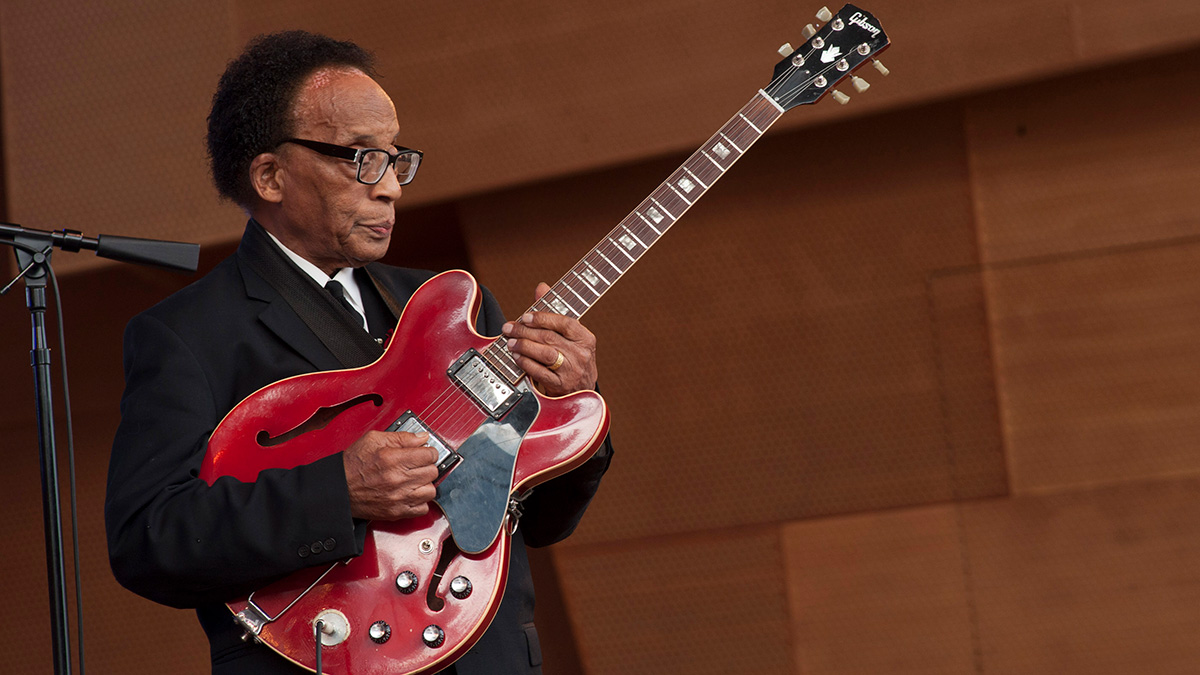Cigar Box: Slides —It's All About the Tone
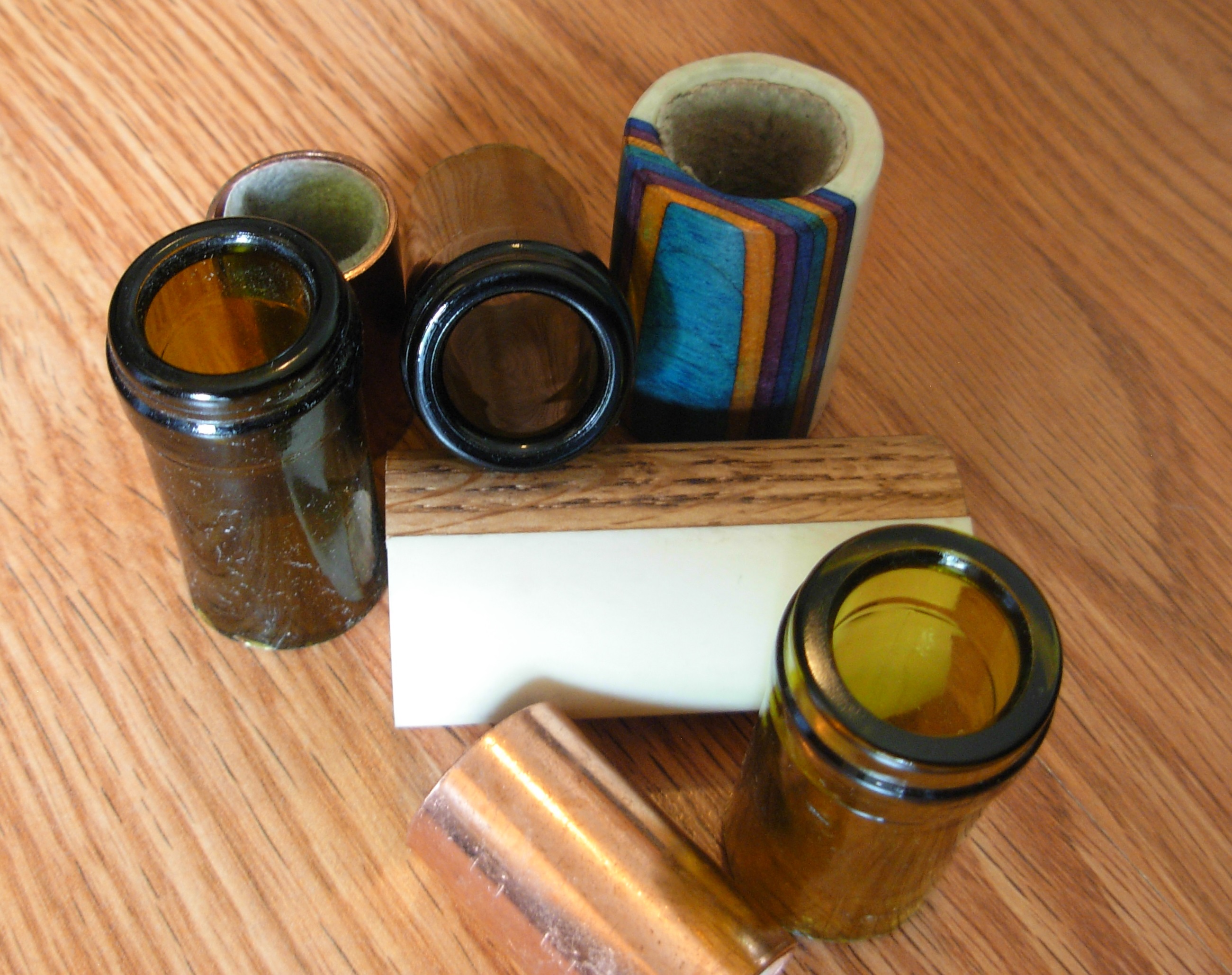
Well, well, well ... It's been a while since I've written one of these columns. I've taken some time off from writing to focus on making guitars, performing and recording with my current project, the Lo-Fi Project.
But more on that down the road. It's spring and we're heading into summer — and that means it's CBG time!
If you've built a CBG (cigar box guitar), chances are you've tried your hand at playing with a slide. There are many different types of slides out there, and the tone varies for each one. I encourage each of you to give them all a try and see what tone you are happy with. If you're playing a standard guitar or a CBG, the slide is your voice. It creates the mood and feeling, and having the right slide can make all the difference. After all, it's all about the tone.
You can buy just about any slide imaginable at your local guitar shop, but being a CBGer, I like making my own or using one that was made by hand. Below, you'll find a few ideas on different styles of guitar slides — the DIY way.
Before we get started on slide making, let's enjoy a little CBG music. You might remember Justin Johnson from our previous columns. Justin, who is known as “The Wizard” for his mastery of stringed instruments, just got back to the States from a three-month tour of Europe and Australia, where he was promoting his double album, Smoke & Mirrors. For the Australian leg of the tour, he didn't bring a single instrument, playing only instruments made by local builders to showcase their talent.
Here's Justin preforming “Rooster Blues” at Australia's largest folk festival, Port Fairy Folk Festival:
We'll be talking to Justin along with a few other CBGers about studio recording with a cigar box guitar in one of our upcoming columns.
Get The Pick Newsletter
All the latest guitar news, interviews, lessons, reviews, deals and more, direct to your inbox!
Next, check out the Budrows, a three-piece cigar box guitar group that has a blues-rock vibe. Their tag line says it all: “100 percent foot-stompin' cigar box rock 'n' roll." Here's a clip of them playing a blues classic, “Roll N' Tumble”:
First: The bottleneck slide
Probably the most common DIY slide, bottleneck slides have great tone and sustain. I prefer the tone of a wine bottle neck slide over a store-bought slide because of the heavier weight and thicker walls, but again, I like the challenge of making them. They can be tricky to make, so be sure to use gloves and wear safety glasses.
I've seen different methods to make these, and the easiest is to use a glass cutter to score the bottle and alternate hot and cold water until the bottle neck snaps off. After that, I suggest using sandpaper to smooth up the edges. If you're going to make a few, a good investment is one of these G2 Bottle Cutters. They get you a perfect edge almost every time.
Next: The copper slide
This is probably the easiest slide to make on your own. Just a piece of copper pipe from the hardware store and a strip of felt with adhesive backing from the craft store to snug up the fit — and you're good to go. If you don't want to buy a long piece of copper pipe, you could use one of those seamless ¾-inch copper connecters. Your biggest challenge will be removing the price tag.
Last (probably my favorite), the bone slide
Yup, bone. I remember hearing recordings of Mississippi Fred McDowell talking about using a soup bone for a slide. There's even album of his called Steakbone Slide Guitar. If a blues legend uses one, why not give it a try? I've used a half-wood and half-bone slide from Mojo Boneworks for the last few years, and they have some mad mojo.
A good friend of mine at MeriCAN Canjo made one for me that I now use for gigs. He sent me the photos, below, of the slide-making process. He's a chef by day and outsider guitar builder by night. He thought, "Why waste leftover soup bones and scraps of wood?"
He doesn't sell the wood/bone slides anymore but has a different slide in the works. You'll just have to check out his site for details. If you didn’t want to go through all the work of making a half-wood/half-bone slide, you could always just boil a 2-inch soup bone for several hours and use some felt with adhesive backing to get a good fit and rock your CBG like a caveman!
'Til next time, keep on playing!
Brian Saner owns Saner Cigar Box Guitars, which makes custom handmade guitars and amps using local dry-aged wood in every guitar. These guitars are handmade and might have imperfections, but that's what makes them unique. Check out his cigar box guitar band, the Lo-Fi Project. Get a cigar box guitar of your own at sanercigarboxguitars.com, devildownrecords.com and Main Street Gallery. Check out his Facebook page.
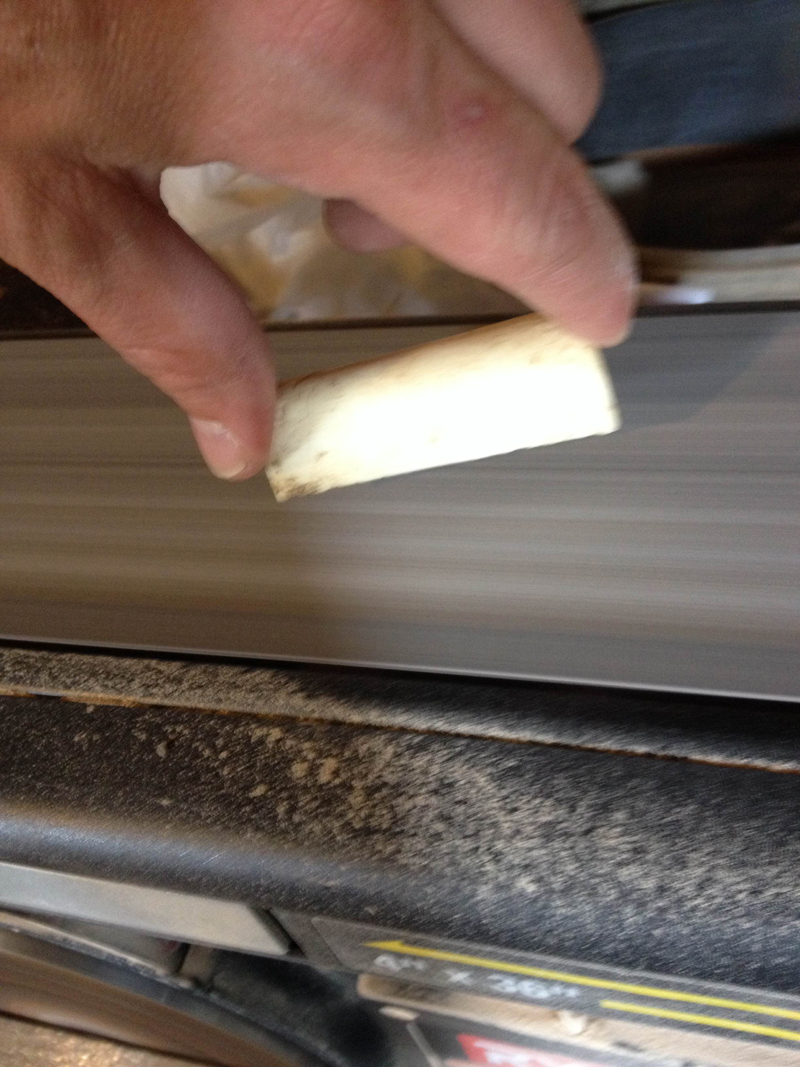

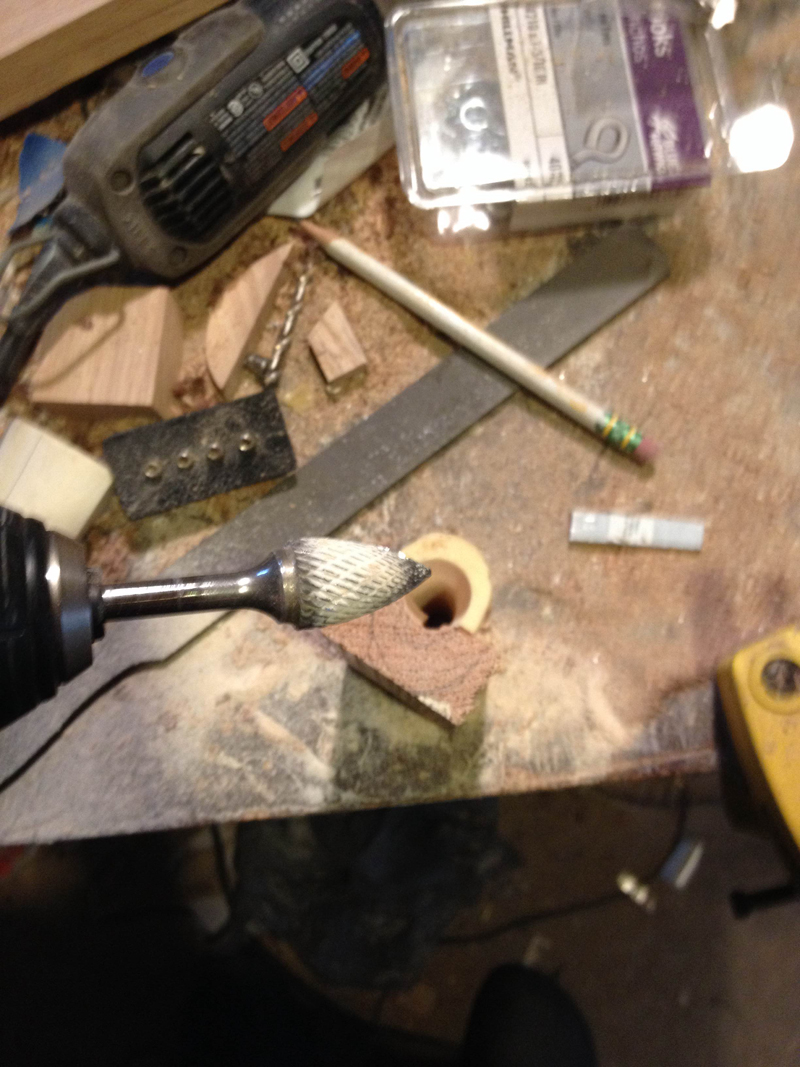
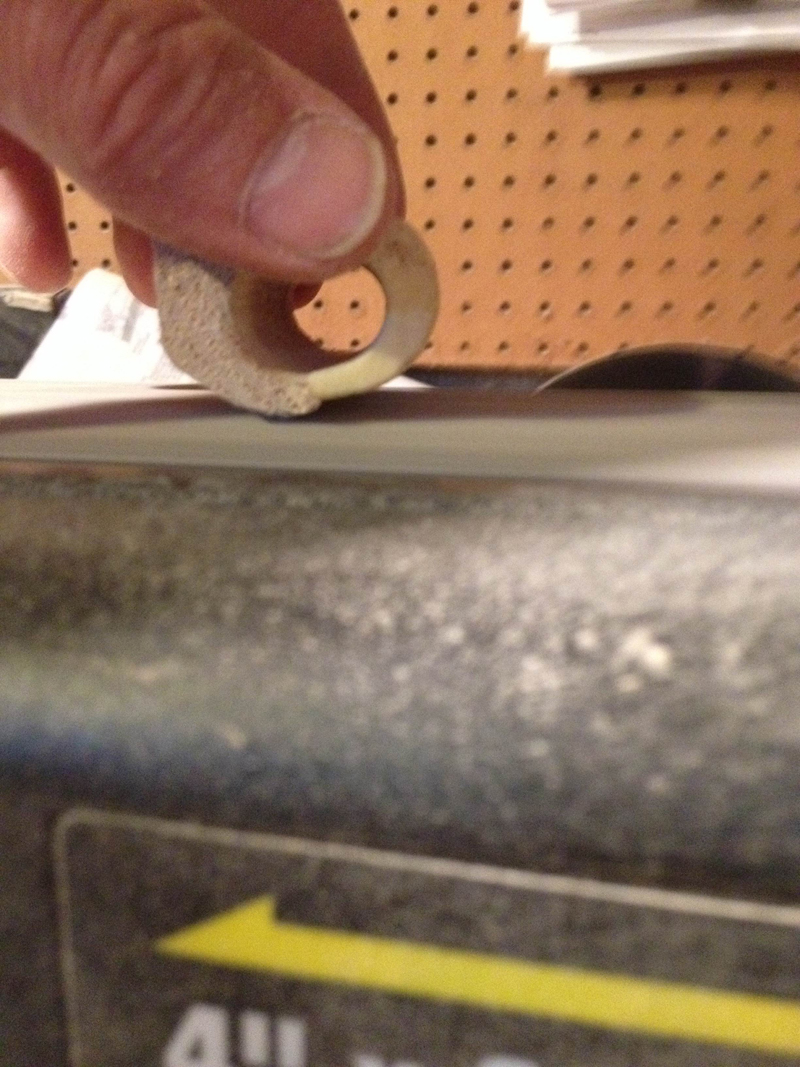
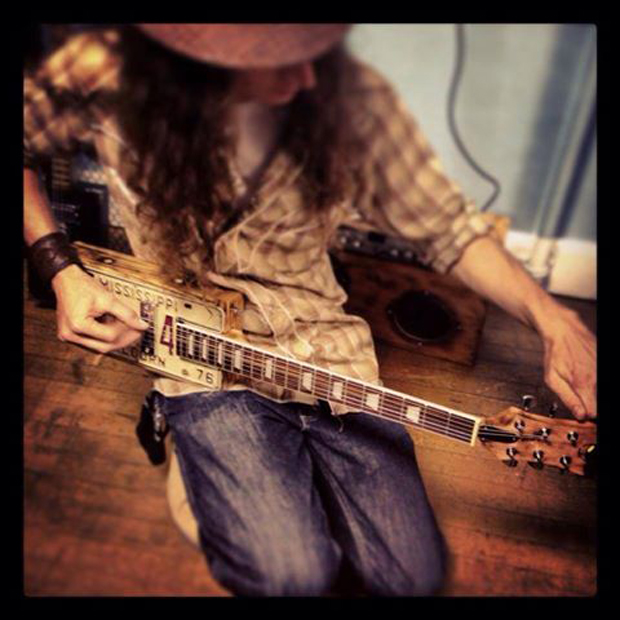
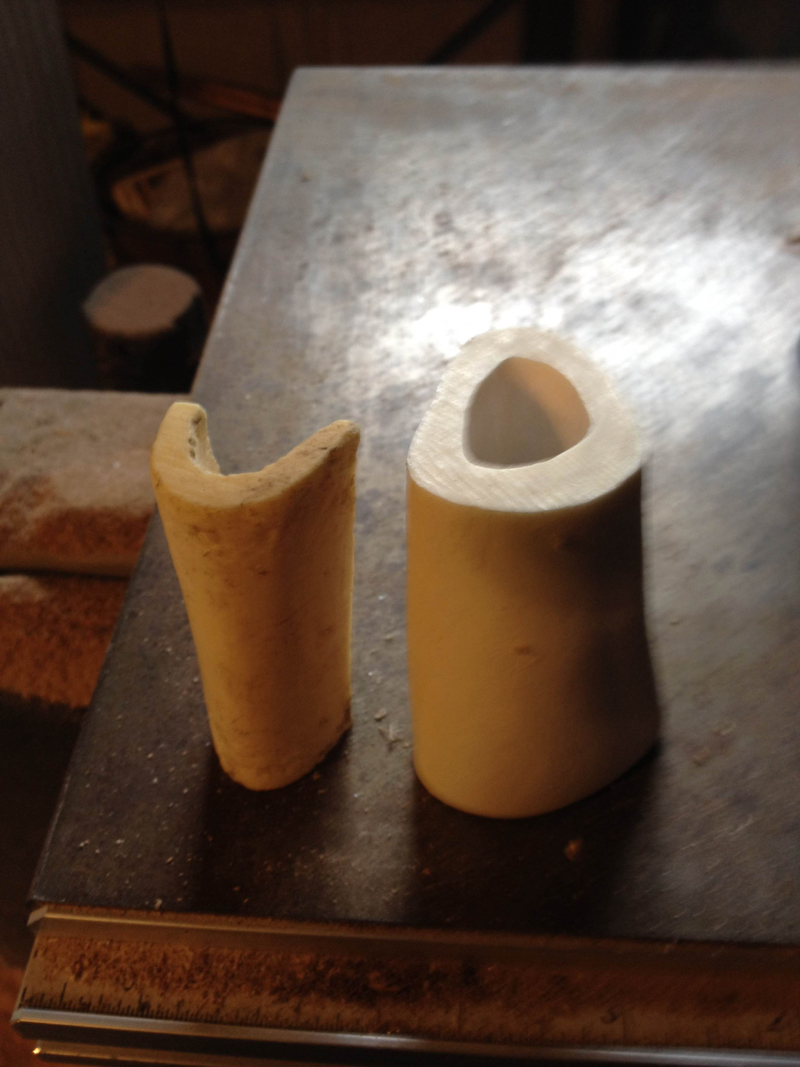
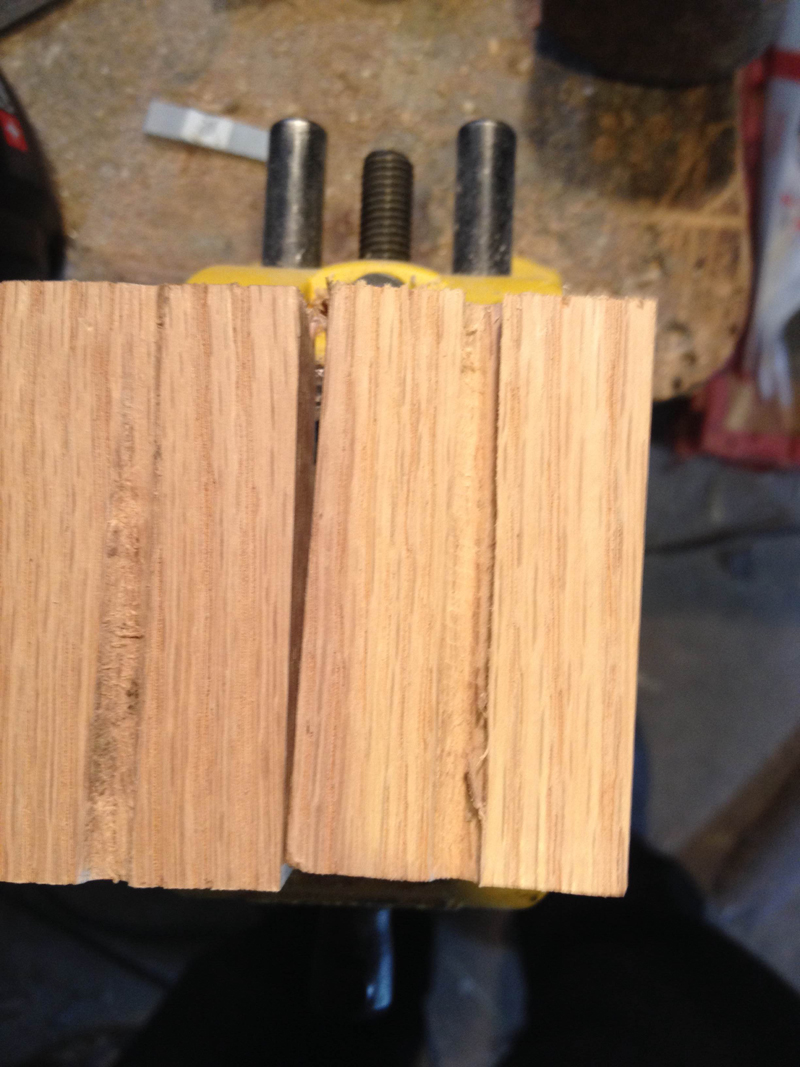
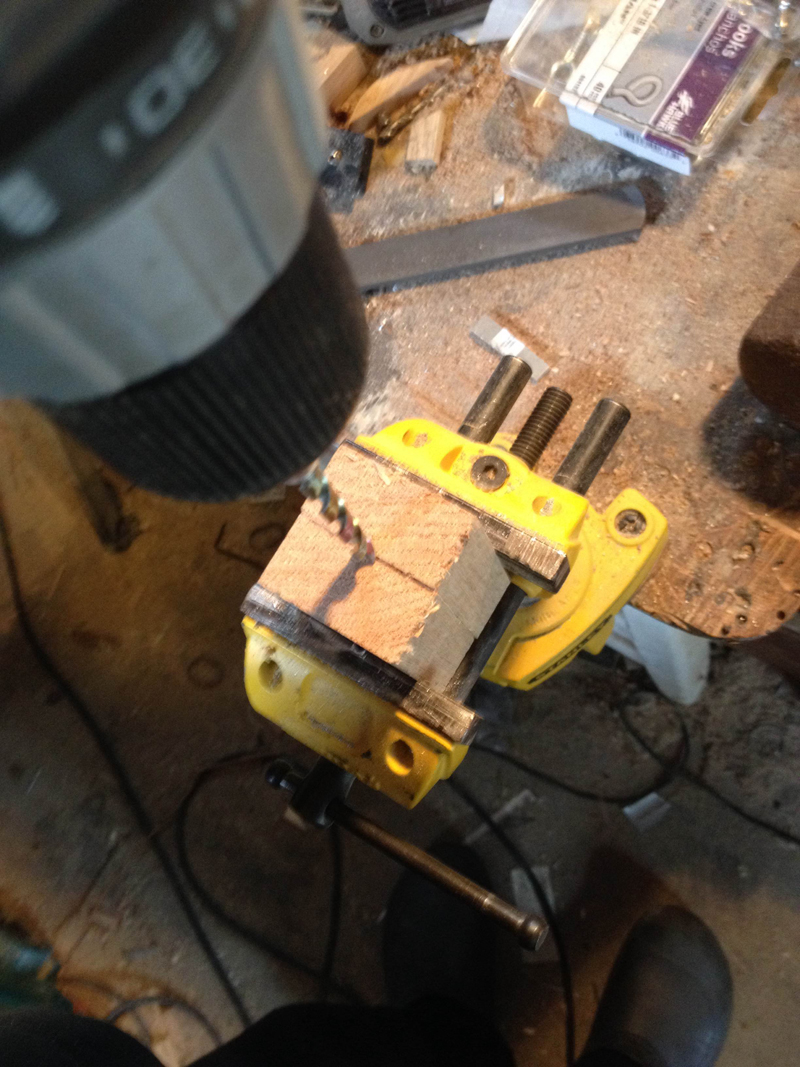
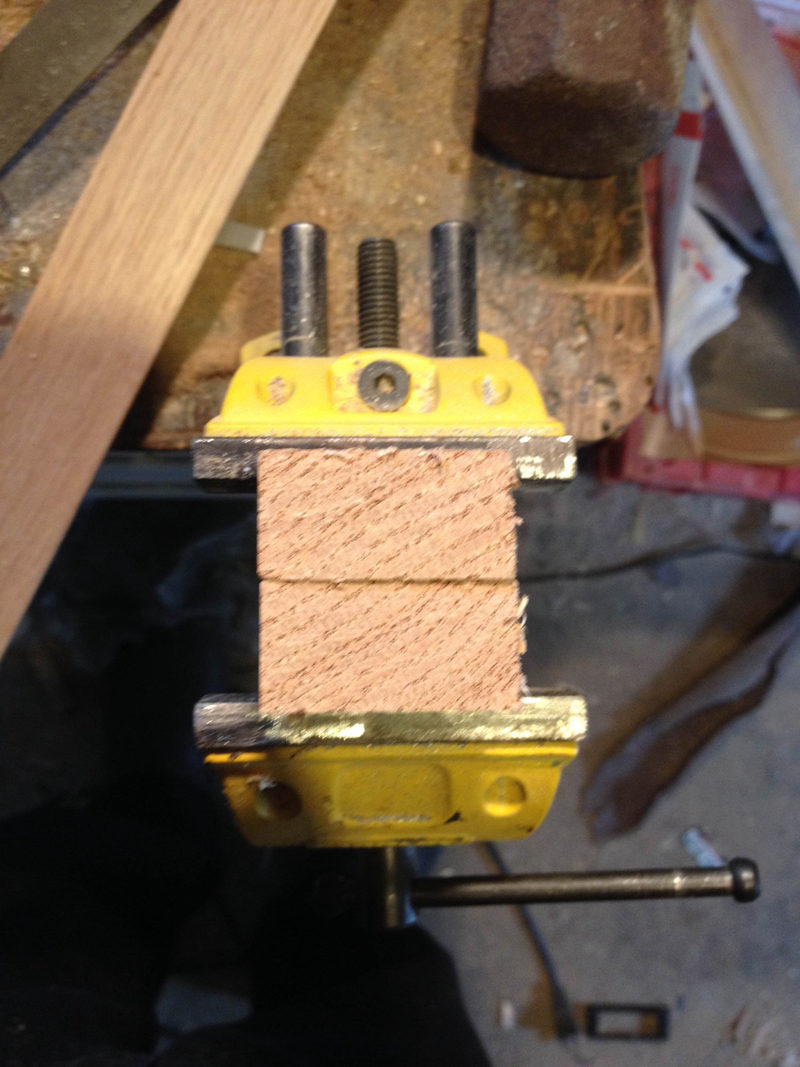
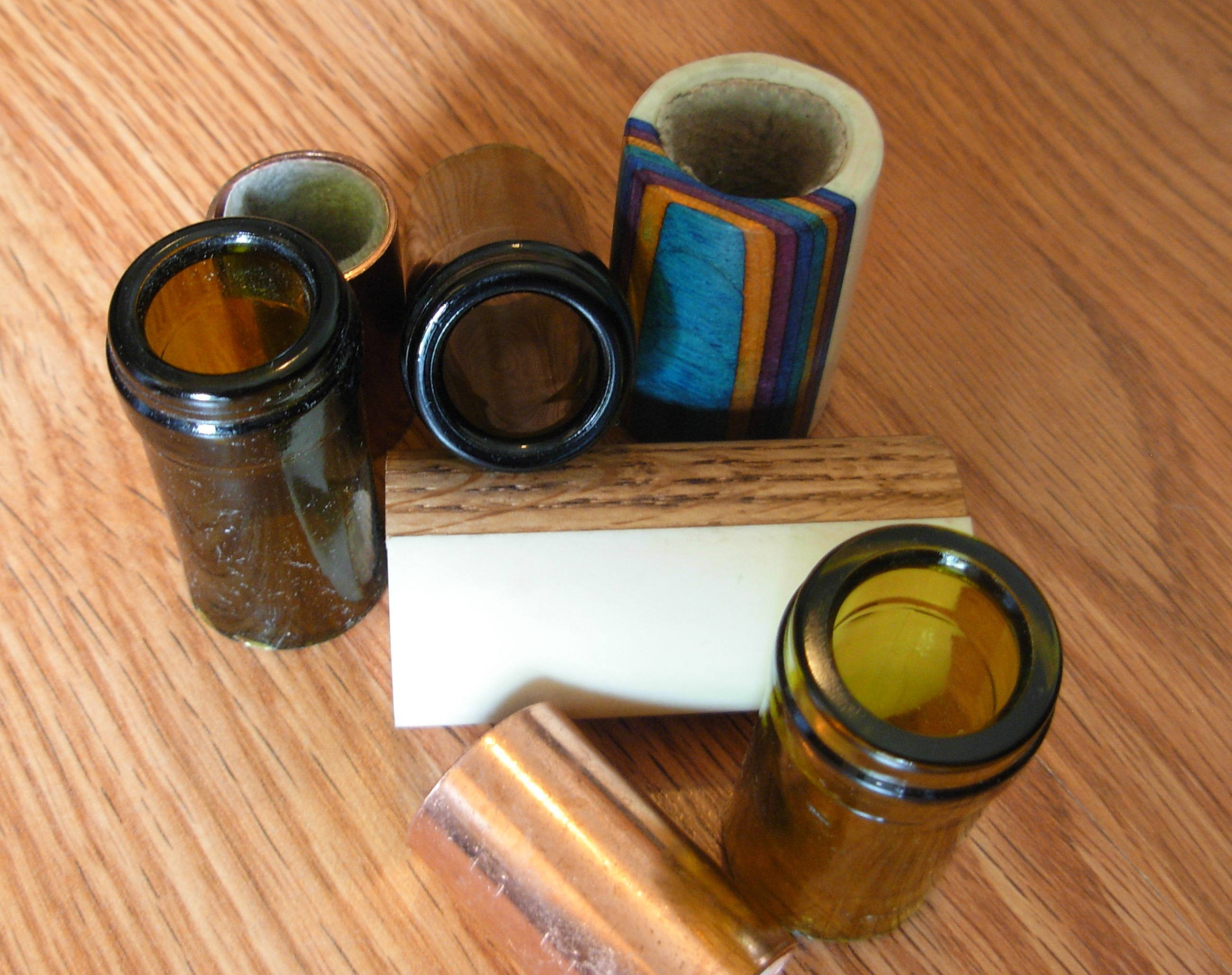
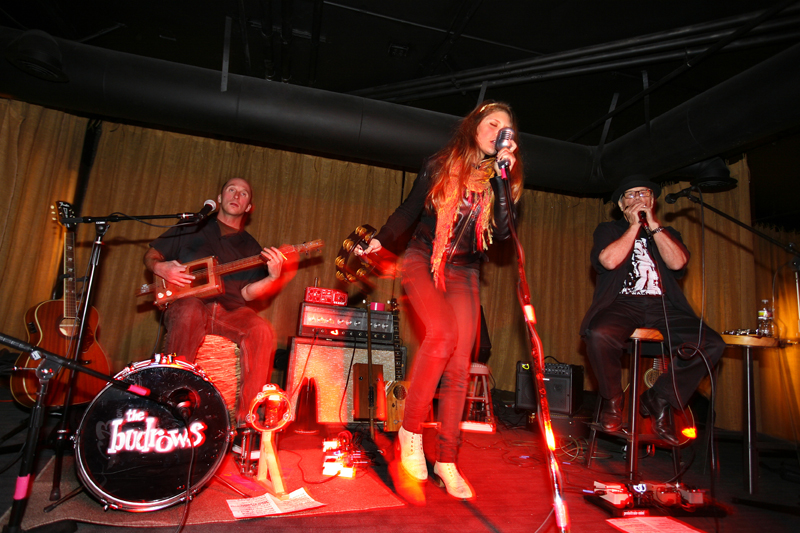
“Wins out on battery life, stealthy aesthetics and its well-judged Cable Tone feature”: Blackstar Airwire i58 review
“A distinctive brightness that no other strings have been able to capture”: How Rotosound revolutionized the bass world with its Swing Bass 66 strings – and shaped the sound of rock music in the process








